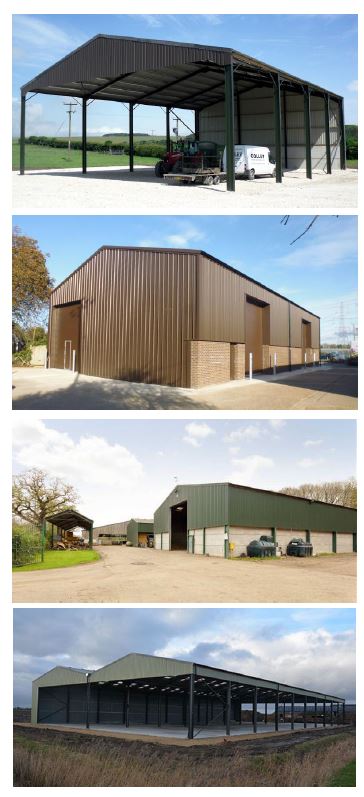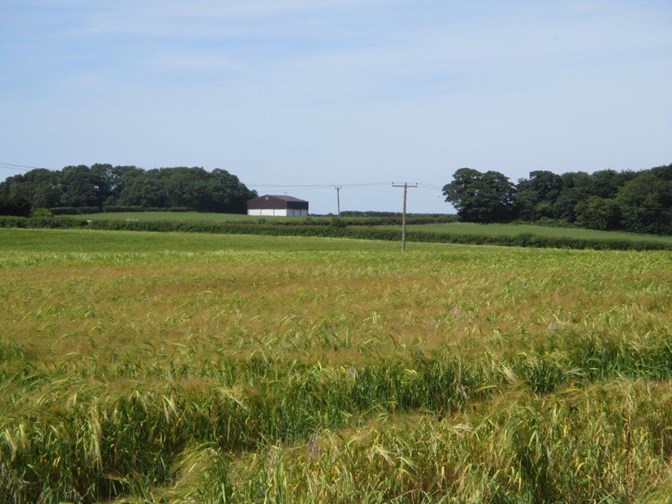The north Norfolk countryside is always changing. Farming practices change and farm buildings have to change with them. Modern farm buildings need to be large and as cheap and maintenance free as possible reflecting the need for better performance and greater efficiency. This has at times resulted in rather utilitarian and functional end results.
As with commercial buildings, whilst it is possible for these structures to have some intrinsic architectural quality, function usually wins over appearance. As a result, the scale, form and proportions of these steel framed structures seldom offer real design quality. Whilst there is little that can be done about scale if a building is to fulfil its function, there are, however, various ways in which the visual impact of a building can be reduced to enable it to take its place more comfortably within a farm complex or in the landscape: -
- Form - The broad spans and shallow pitched roofs can sometimes be improved by dividing the building into several bays and spanning each bay with a double pitched roof. Similarly, an area can often be partially spanned by a double pitched roof with the remainder covered by continuing the main roof from eaves level in a lean-to form at a reduced pitch.
- Materials - Coloured corrugated sheets and boarding offer the best cladding solutions. Of the colours available for the profile sheets, the darker tones work best for roofs to reduce the apparent scale of a building – brown where the building is seen in the landscape and grey when it is viewed against the sky. The walls, meanwhile, should be a shade or two lighter to break up its mass. Timber cladding or 'Yorkshire Boarding' is most appropriate here, particularly when used with a red brick or painted blockwork base.
- Siting – This is perhaps the most important factor when considering a new farm building. Usually a position at the rear of a farmyard works best as this should not harm the relationship between the farmhouse and any traditional farm buildings. It should also not compromise any future alternative uses being found for these buildings if they become redundant. Low-lying sites are also recommended as the natural contours should afford some concealment when viewed from public vantage points. This, allied to some native tree planting should provide affective screening in the long term.
- Lighting - It is vital to ensure any external illumination does not have an adverse impact on the isolated rural location and wider landscape.

Various types of modern agricultural units with differing finishes and treatments
Things to Avoid
